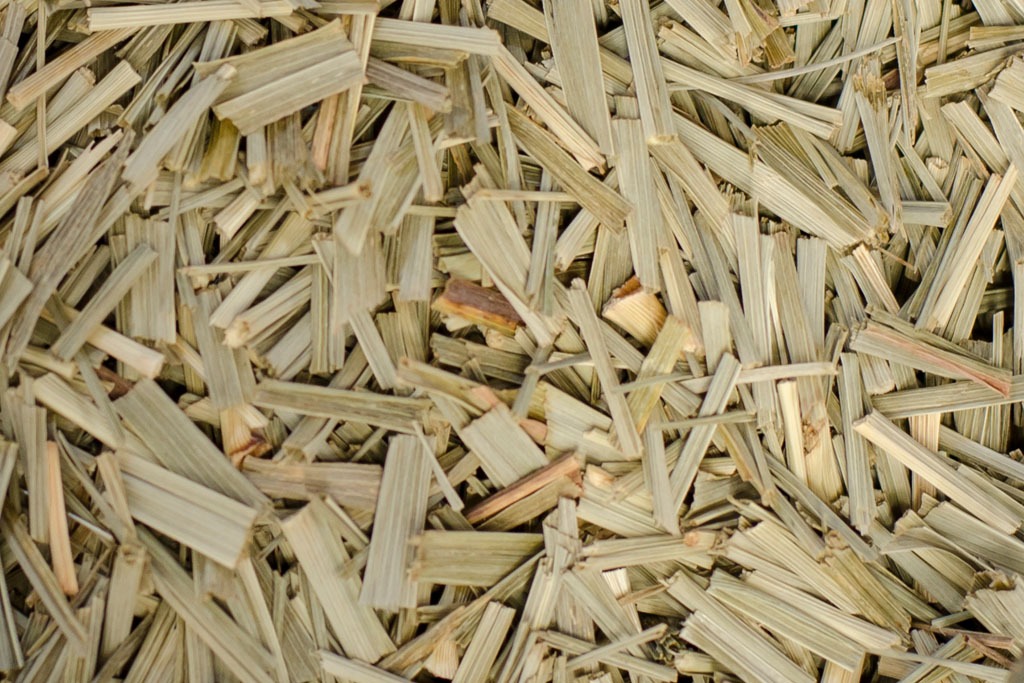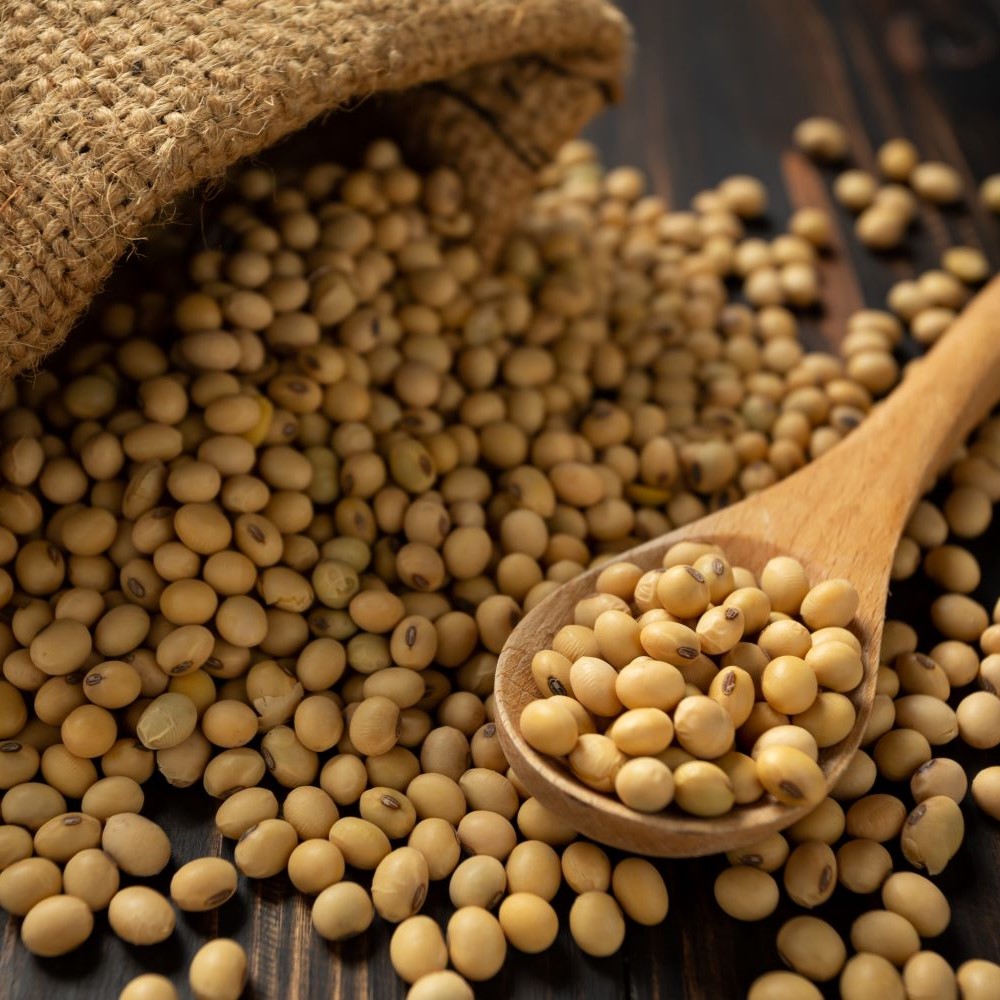Description
Common Names:
- Dried Lemongrass
- Cymbopogon Citratus (Botanical name)
- Bhojya Tena (In Hindi)
- Sereh (In Indonesian)
Forms:
- Dried Stalks: The stalks are cut and dried, retaining their aromatic properties.
- Powdered: Dried lemongrass can be ground into a powder for culinary and medicinal uses.
- Tea: Dried lemongrass is often used to make herbal tea.
Origin:
- Native Region: Native to tropical regions of Southeast Asia, particularly India, Sri Lanka, Thailand, and Indonesia.
- Cultivation: Widely cultivated in tropical and subtropical regions, including India, Southeast Asia, Africa, and Central America.
Nutritional and Chemical Composition:
- Active Compounds: Contains citral, geraniol, myrcene, and limonene, which contribute to its lemony aroma and medicinal properties.
- Nutrients: Rich in antioxidants, vitamins A and C, folate, and essential minerals like iron, calcium, and magnesium.
Health Benefits:
- Digestive Health: Known for its ability to soothe the digestive system, it helps relieve bloating, indigestion, and stomach cramps.
- Anti-inflammatory Properties: Contains compounds that help reduce inflammation, making it beneficial for conditions like arthritis.
- Antimicrobial and Antifungal: Exhibits antimicrobial properties, helping fight infections and boost the immune system.
- Detoxifying: Acts as a natural diuretic, aiding in detoxification and promoting kidney health.
- Stress Relief: Often used in aromatherapy to reduce stress and anxiety, promoting relaxation and mental clarity.
Uses:
- Culinary: Widely used in Southeast Asian cuisine to add a citrusy flavor to soups, curries, and marinades. Dried lemongrass can be rehydrated and used similarly to fresh lemongrass.
- Herbal Tea: Dried lemongrass is commonly brewed into a refreshing and calming herbal tea.
- Traditional Medicine: Used in various traditional medicine systems to treat digestive issues, fever, and respiratory problems.
- Aromatherapy: Often used in essential oils and aromatherapy for its calming and refreshing scent.





